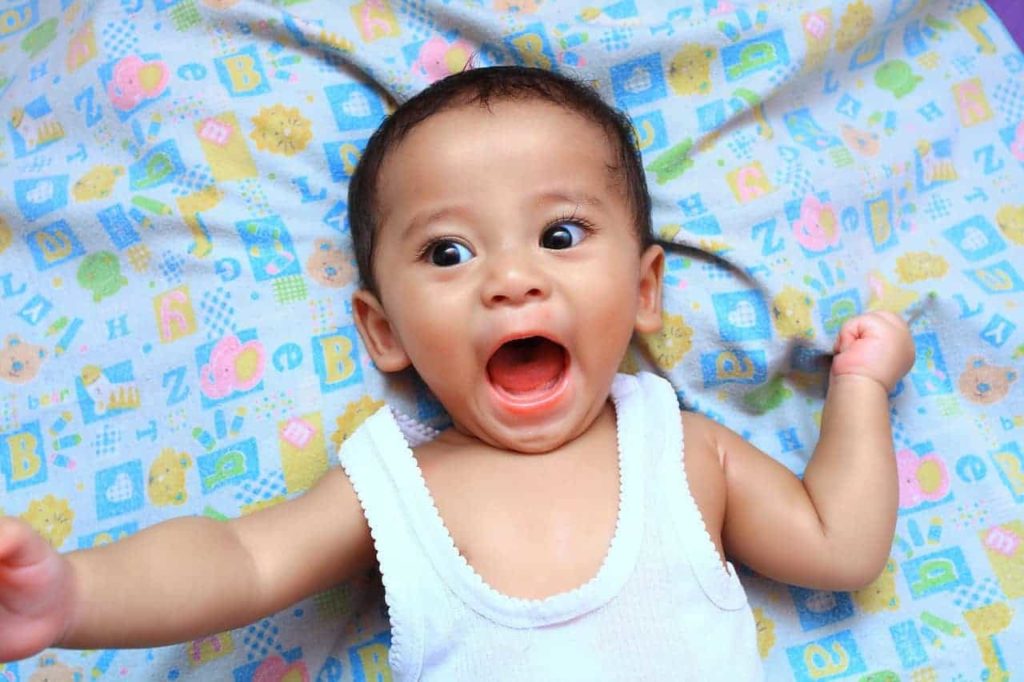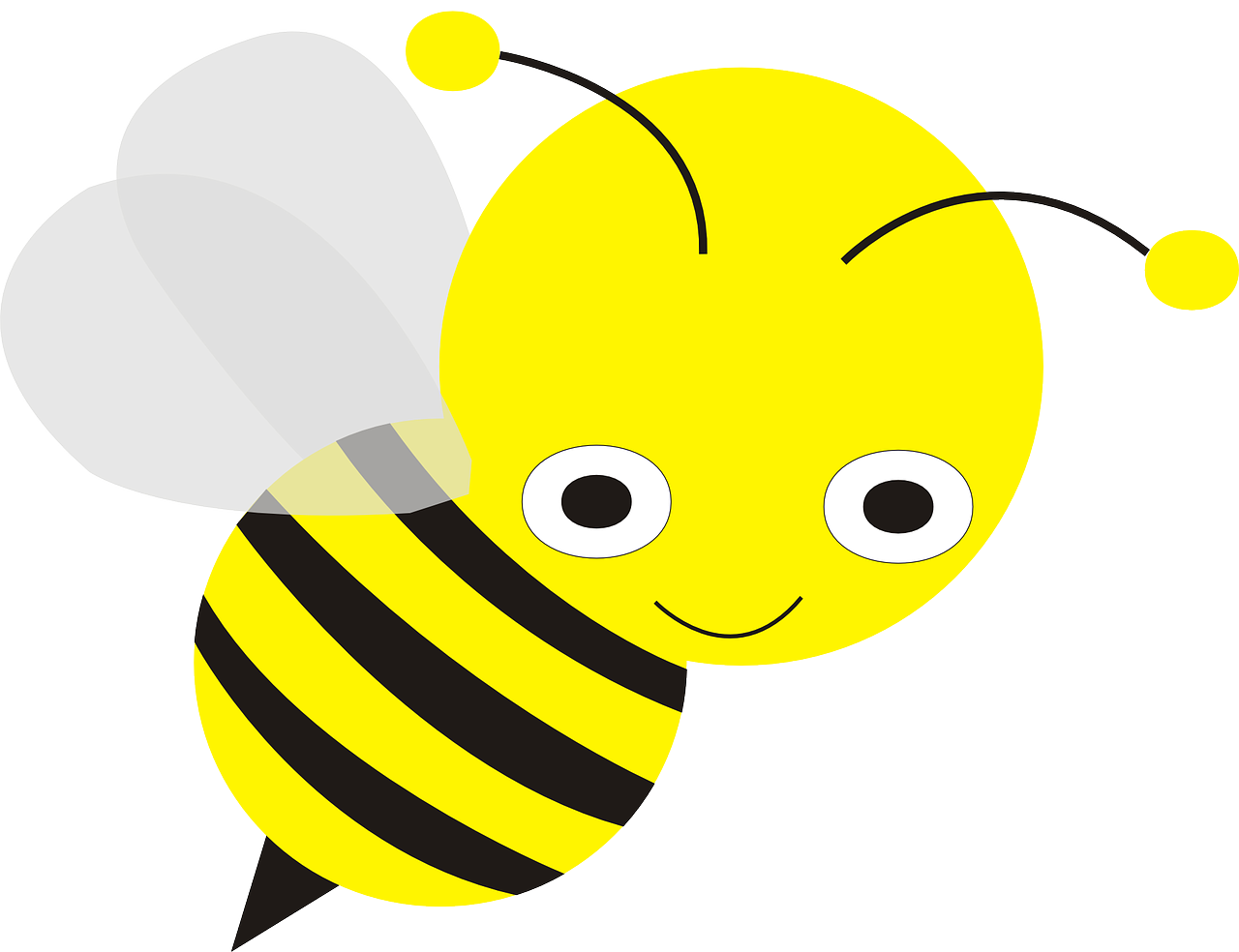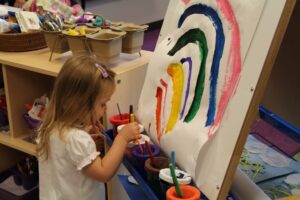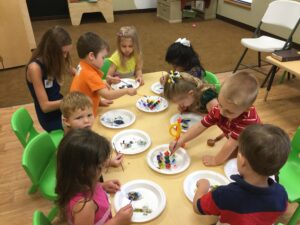
Child Development Guide for 3-6 Months
Babies develop at their own pace, so it’s impossible to tell exactly when your child will learn a given skill. The developmental steps listed below will give you a general idea of the changes you can expect, but don’t be alarmed if your own baby’s development is not exactly as listed.
Social and Emotional
- Begins to display a social smile
- Enjoys playing with others and may cry when playing stops
- Expressive and communicates more with face and body
- Imitates some movements and facial expressions
Movement
- Raises head and chest when lying on stomach
- Supports upper body with arms when lying on stomach
- Stretches legs out and kicks when lying on stomach or back
- Opens and closes hands
- Pushes down on legs when feet are placed on a firm surface
- Brings hand to mouth
- Takes swipes at dangling objects with hands
- Grasps and shakes hand toys
Vision
- Watches faces closely
- Follows moving objects
- Recognizes familiar objects and people at a distance
- Starts using hands and eyes in coordination
Hearing and Speech
- Smiles at the sound of your voice
- Begins to babble
- Begins to imitate some sounds
- Turns head toward a sound
Developmental Health Watch
Alert your child’s doctor or nurse if your child displays any
of the following signs of possible developmental delay for
this age range.
- Does not seem to respond to loud noises
- Does not notice hands by 2 months
- Does not follow moving objects with eyes by 2 to 3 months
- Does not grasp and hold objects by 3 months
- Does not smile at people by 3 months
- Cannot support head well by 3 months
- Does not reach for and grasp toys by 3 to 4 months
- Does not babble by 3 to 4 months
- Does not bring objects to mouth by 4 months
- Begins babbling, but does not try to imitate any of your sounds by 4 months
- Does not push down with legs when feet are placed on a firm surface by 4 months
- Has trouble moving one or both eyes in all directions
- Crosses eyes most of the time (occasional crossing of the eyes is normal in these first months)
- Does not pay attention to new faces, or seems very frightened by new faces or surroundings
Source: CDC
Learn More about baby development: Does your Baby Cry too Much?









